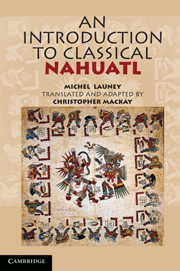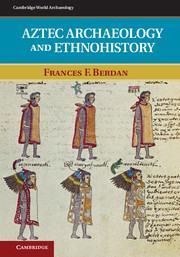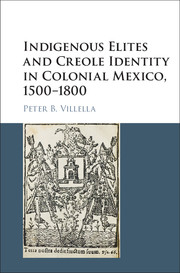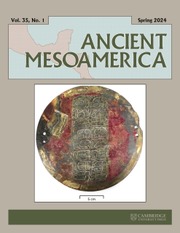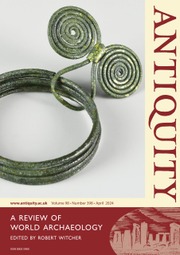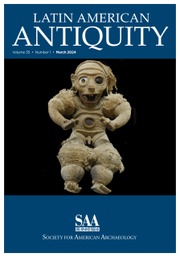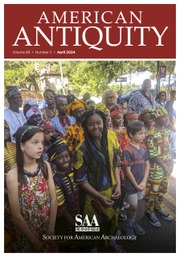An Introduction to Classical Nahuatl
Now available to an English-speaking audience, this book is a comprehensive grammar of classical Nahuatl, the literary language of the Aztecs. It offers students of Nahuatl a complete and clear treatment of the language's structure, grammar and vocabulary. It is divided into 35 chapters, beginning with basic syntax and progressing gradually to more complex structures. Each grammatical concept is illustrated clearly with examples, exercises and passages for translation. A key is provided to allow students to check their answers. By far the most approachable textbook of Nahuatl available, this book will be an excellent teaching tool both for classroom use and for readers pursuing independent study of the language. It will be an invaluable resource to anthropologists, ethnographers, historians, archaeologists and linguists alike.
- Useful as a handbook, as a reference grammar and as a self-teaching method
- Cross-disciplinary appeal for anthropologists, ethnographers, historians, archaeologists and linguists
- The grammatical perspective is dominant, but examples are mostly taken from the 'real' corpus of Nahuatl works from the Aztec period
Reviews & endorsements
'An Introduction to Classical Nahuatl is an excellent language-learning textbook. Launey has written many articles about classical Nahuatl … his expertise is evident in the details in each lesson. The textbook is very thorough in detailing classical Nahuatl grammar, and the examples and exercises are well-suited to reinforce concepts introduced in each lesson.' Dibella Wdzenczny, Linguist List
Product details
October 2011Paperback
9780521732291
474 pages
226 × 152 × 28 mm
0.64kg
1465 exercises
Available
Table of Contents
- Preliminary lesson: phonology and orthography
- 1. Intransitive verbs, word order, absolutive suffix
- 2. Nouns and nominal predicates, the plural of nouns, questions and negation
- 3. Transitive verbs
- 4. Emphatic, interrogative, demonstrative and negative pronouns
- 5. Irregular verbs, introduction to locatives
- 6. Directional and reflexive prefixes
- 7. Quantifiers, zan, ye, oc
- 8. Preterite tense
- 9. Imperative/optative, vocative, future, imperfect
- 10. Possessed forms of the noun
- 11. Inherent possession, the suffix -yō, 'to have', possessive nouns
- 12. Nominal suffixes, 'adjectives'
- 13. The principal locative suffixes
- 14. Coordination, phrases of time and manner
- 15. Impersonal and passive verb forms
- Review exercises
- 16. Agent nouns, the -ni form
- 17. Compound nouns, verbal incorporation
- 18. Bitransitive verbs, ambitransitive verbs
- 19. Causative verbs
- 20. Applicative verbs
- 21. Honorific and deprecatory verbs
- 22. Pluperfect, counterfactual, vetitive, directional conjugations
- 23. Morphological peculiarities of certain nouns and verbs
- 24. More on locatives
- 25. More on quantifiers
- 26. Details about number and person, indefinite pronouns and adverbs
- 27. Compound verbs
- 28. Reduplication outside of the plural, more on verbs
- 29. Derivative verbs
- 30. Derivative nouns
- 31. Noun clauses
- 32. Attributives, relative clauses, predicative verbs, predicative constructions, semi-auxiliaries
- 33. Comparisons, clauses of result, purpose and cause
- 34. Conditions, more particles
- 35. Temporal clauses, particles, interjections
- Appendix 1. Traditional orthography
- Appendix 2. The Aztec calendar
- Appendix 3. Paradigms
- Appendix 4. Key to the exercises
- Reading passages
- Vocabulary.

